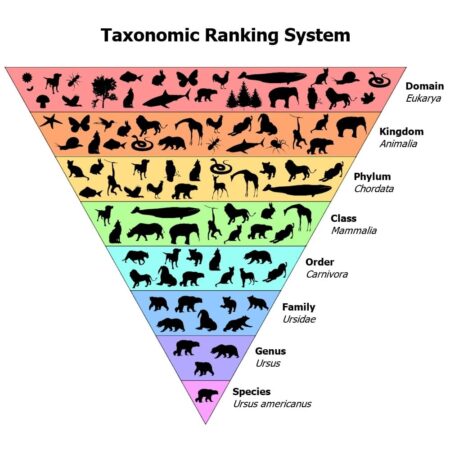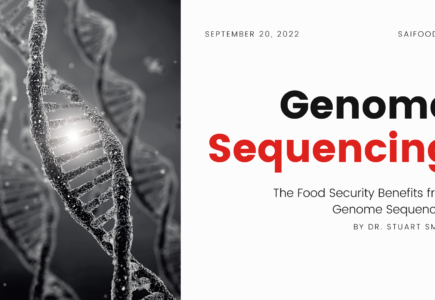A lengthy history of genome sequencing
In the 1990s, the world witnessed an incredible scientific achievement, the sequencing of the human genome. This was a gargantuan effort, involving tens of thousands of scientists from around the world, taking over a decade and costing over US$3 billion. The effort led by the Human Genome Project to sequence our genome began in 1990 and was completed (85% of the genome) in 2003. In 2021, the complete genome has been sequenced and continues to be updated. Today, a person can have their genome sequenced in less than 24 hours for less than US$1,000 and possibly as little as US$100 within the next 2-3 years[1].
Source: Fauna Facts, 2022
What value is created?
Over the past 15 years, I’ve been involved with projects that worked on sequencing plant genomes and have had the opportunity to talk to plant breeders and computer scientists about how the data would benefit plant breeders. The benefit of sequencing plant genomes is that they can be searched for beneficial traits, such as improved disease resistance, better drought tolerance or increased yield. Computer algorithms are developed to search genome databases for traits matching the requirements, allowing plant breeders to identify where the specific genes are located in the genome and what they look like, allowing them to better understand how to develop new varieties with improved traits. Hidden in these genomes are traits that could be desirable to our needs, and now we know how to search for them.Being able to search existing databases for such traits, speeds up the process of developing new crop, fruit and vegetable varieties. Rather than crossing two existing varieties, growing them and then testing for the presence of the trait of value, breeders are able to modify specific genes of importance, such that the trait(s) they want to improve, is done and to the level desired. This benefits both farmers and consumers. Farmers gain access to improved crop varieties more rapidly, which may allow them to increase their yields and profitability. While consumers benefit from a consistent supply of food products. In doing so, this could possibly contribute to lowering food prices[3] or keeping any increases as small as possible.Benefits for food security
One of the significant areas for benefits to accrue is for plant breeders in food insecure countries. Being able to access the genomes of local varieties and more rapidly develop new varieties with higher yields and better resistance to insects, diseases and weather all contribute to reducing yields. Enabling more rapid development of new crop varieties within food insecure counties could reduce their reliance on food transportation and distribution as it is able to increase the supply of food at the sources of production. Benefits would not just be restricted to increased supply, but also through improved nutritional enhancement and increased storage.As more and more plant species have their genome sequenced, valuable traits can be identified in weedy relatives to existing food crops or heritage varieties that can rapidly be bred into new varieties. Improved food security requires innovations from all sectors and the information provided by genomic sequences represents a substantial opportunity to improve food security. By understanding our crop genomics, we are granting ourselves the next level of exploration, one which starts on the digital level and can advance to the physical world. Suddenly we can explore and understand plants in a way we couldn’t have imagined 20 years ago, and we are uncovering a treasure of information which could be used to benefit our lives, health, environment, and economy.[1] Companies such as 23andMe, AncestryDNA, and alike services do not sequence your genome, they use genotyping to analyze and compare your DNA to other pools of DNA. Apparently, these services test less than 1% of your genome.
[2] While you might think it would be easier to sequence the genome of a plant over an animal, you might be mistaken. Plants have had longer to evolve, making them more complex than we often give them credit for. They also “have larger and more complex genome sizes and structures than animal species” which makes sequencing a long process. The genome for hard red spring wheat (bread wheat) is over 5 times larger than the human genome.
[3] Presuming that the cost of seed for these crops does not increase as a result of the costs of sequencing or the protection of intellectual property pricing.


